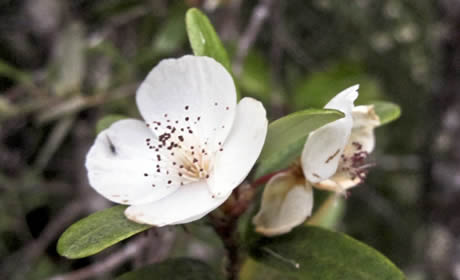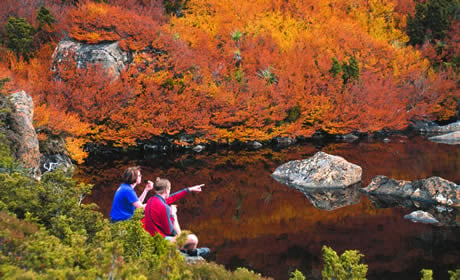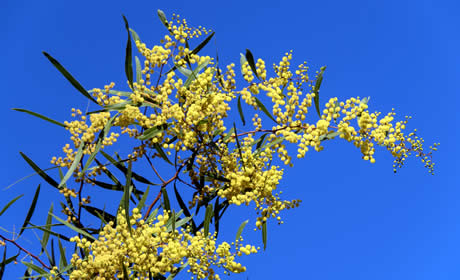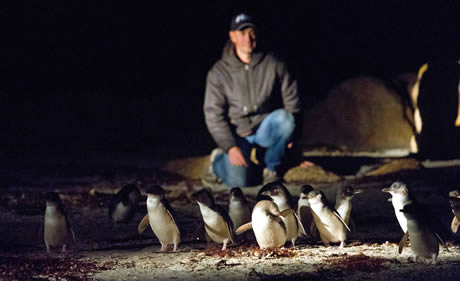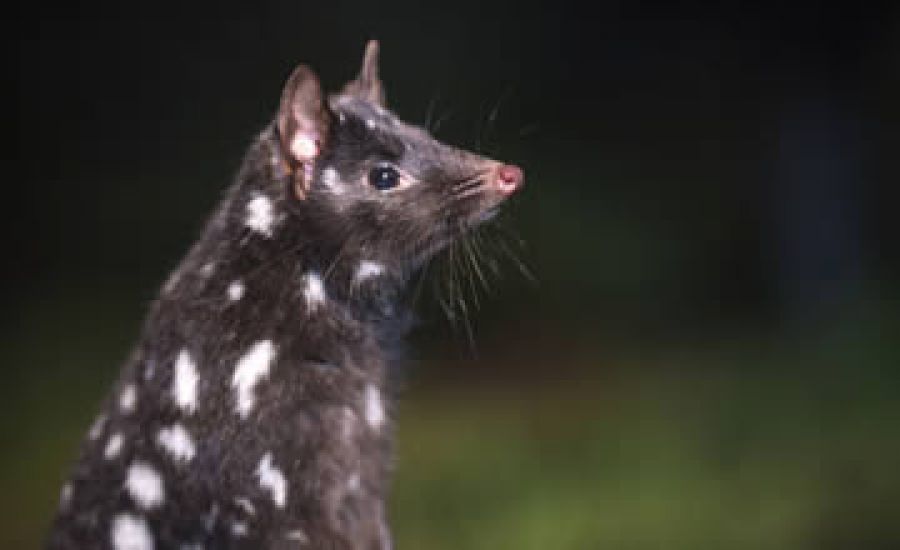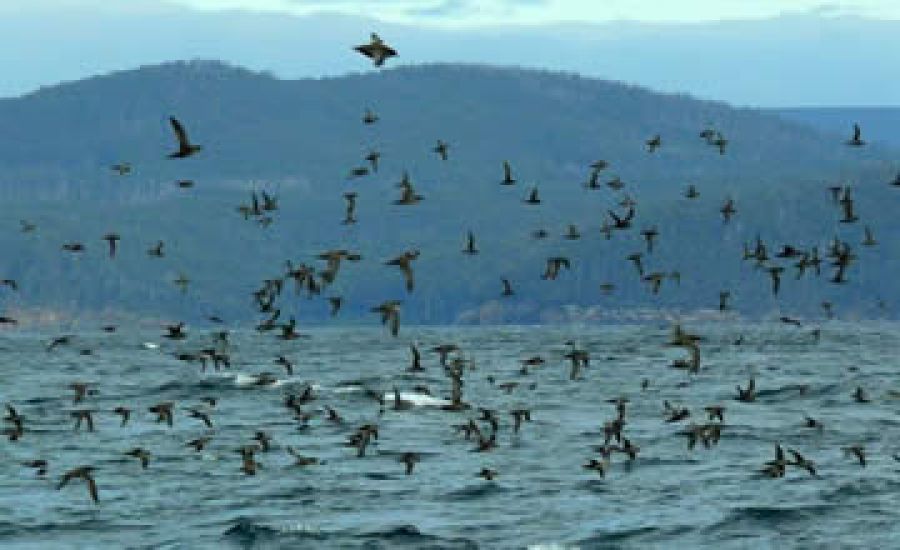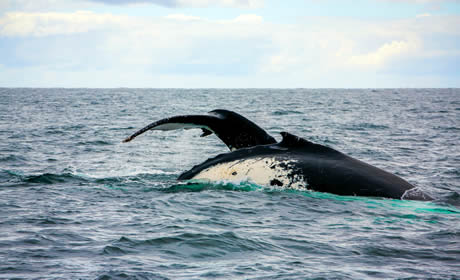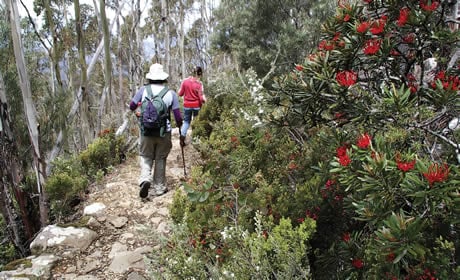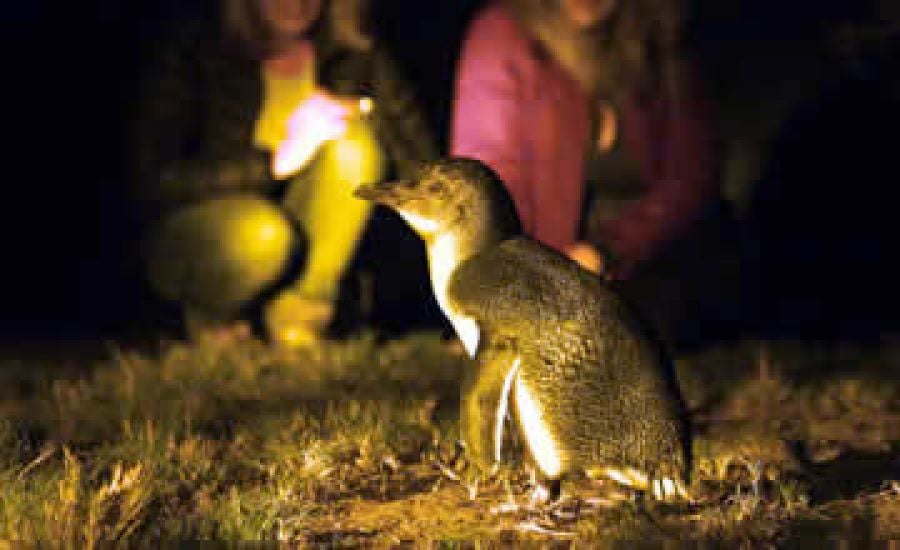Leatherwood
Leatherwood is widespread in moister forests in Tasmania, occurring across the western parts of the state.
Read moreLavender
In Tasmania you’ll find our lavender farms looking their best throughout the summer.
Read moreDeciduous beech (Fagus)
Australia’s only cold climate winter-deciduous tree is found nowhere else in the world except Tasmania.
Read moreRare orchids
Tasmania has over 200 species of native orchids and at any time, there is at least one species in bloom somewhere in the state.
Read moreMutton birds leave
There are at least 167 colonies of muttonbirds in Tasmania and an estimated 11.4 million burrows.
Read moreWhales
Humpback and southern right whales are the most commonly seen whales along Australia’s coastline.
Read moreAcacia
With their masses of yellow blooms, up to a third of Australia's 960 species of wattle will flower in winter.
Read moreLittle Penguins
During winter little penguins return to rest and renovate their burrows or dig new ones.
Read moreDevils, quolls and platypus
The parrot breeds in Tasmania and winters near the coast, foraging on saltmarsh species, beach or dune plants.
Read moreMutton birds return
Mutton birds return from Alaska to their burrows in Tasmania in spring.
Read moreTulips
Tasmania's tulip season is world-renowned with tulips grown on the north-west coast exported to the Netherlands.
Read moreWhales return
Humpback whales migrate around 5000 km on average, one of the longest migratory journeys of any mammal on Earth.
Read moreWaratah
Tasmanian waratah is endemic to Tasmania and grows in wet sclerophyll forest or subalpine scrub.
Read morePenguins breed
Penguins come ashore in their greatest numbers during the breeding season between September and March-April.
Read more